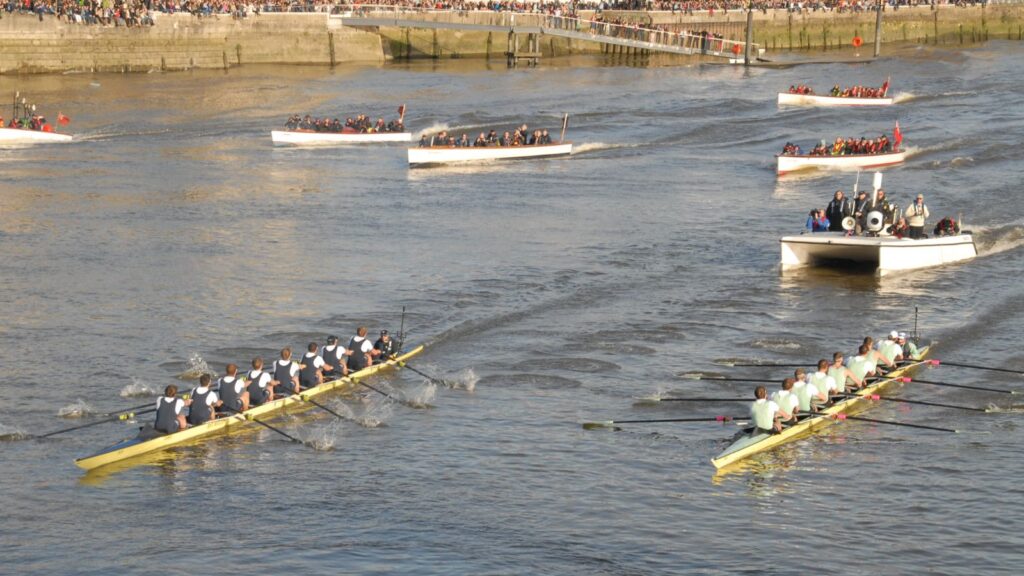British customs, some dating back centuries, have a way of bringing people together and adding a unique flavour to everyday life. Whether it’s grand ceremonies or simple daily rituals, each tradition holds a special place in the hearts of the British people. Let’s take a look at 16 traditions that make us proud to be British.
Afternoon Tea

According to Historic UK, afternoon tea is a quintessentially British tradition that dates back to the early 19th century. It was “introduced in England by Anna, the seventh Duchess of Bedford.” It’s more than just a cup of tea; it’s an elegant affair involving dainty sandwiches, scones with clotted cream and jam, and a selection of sweet pastries.
The Changing of the Guard
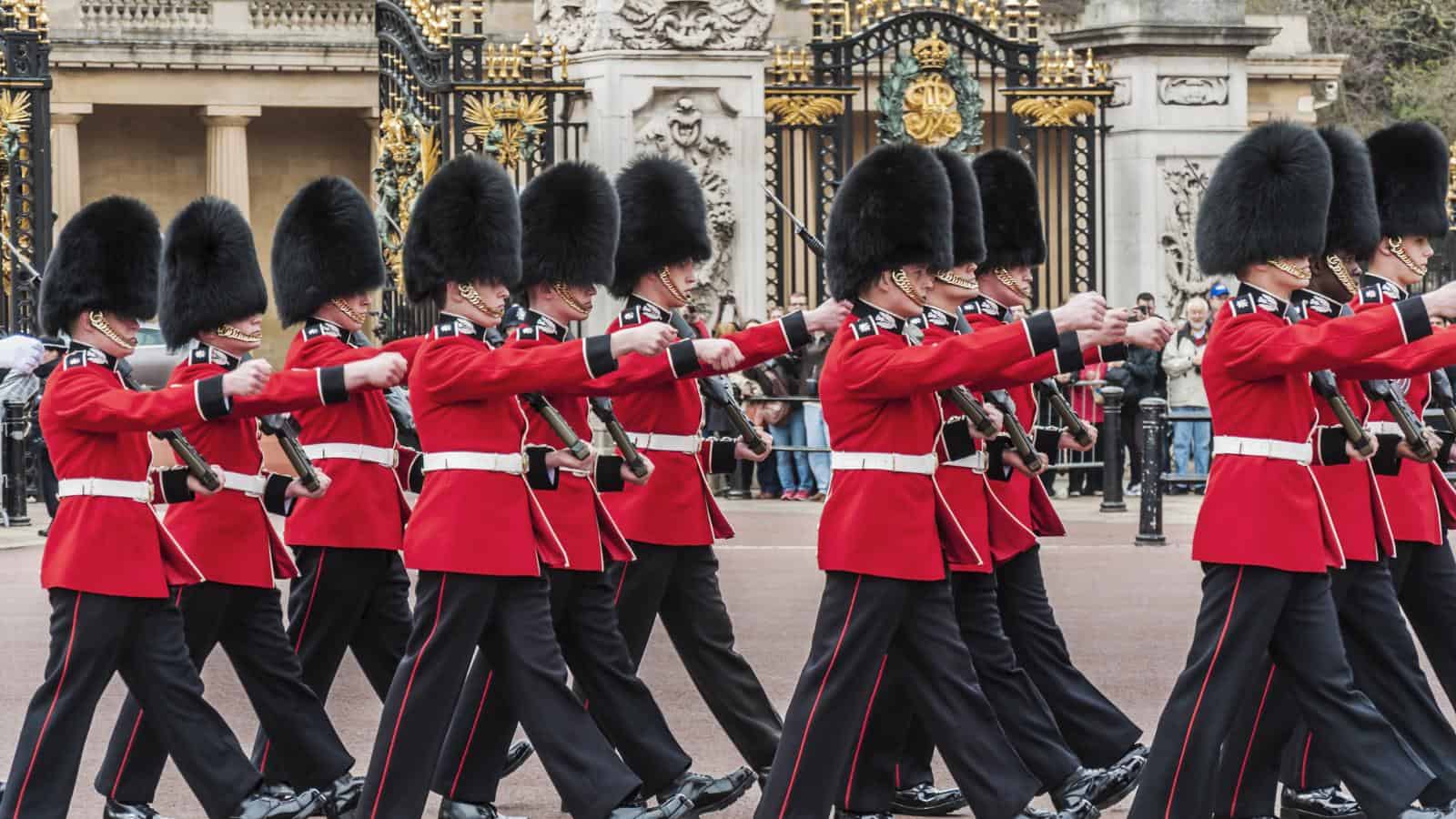
The Changing of the Guard at Buckingham Palace is a sight to behold, attracting visitors from around the world. This ceremonial event, where the old guard hands over responsibility to the new guard, is performed with precision. Dressed in their iconic red tunics and bearskin hats, the guards march to the sound of a military band, showcasing the discipline and pageantry of the British armed forces.
Fish and Chips
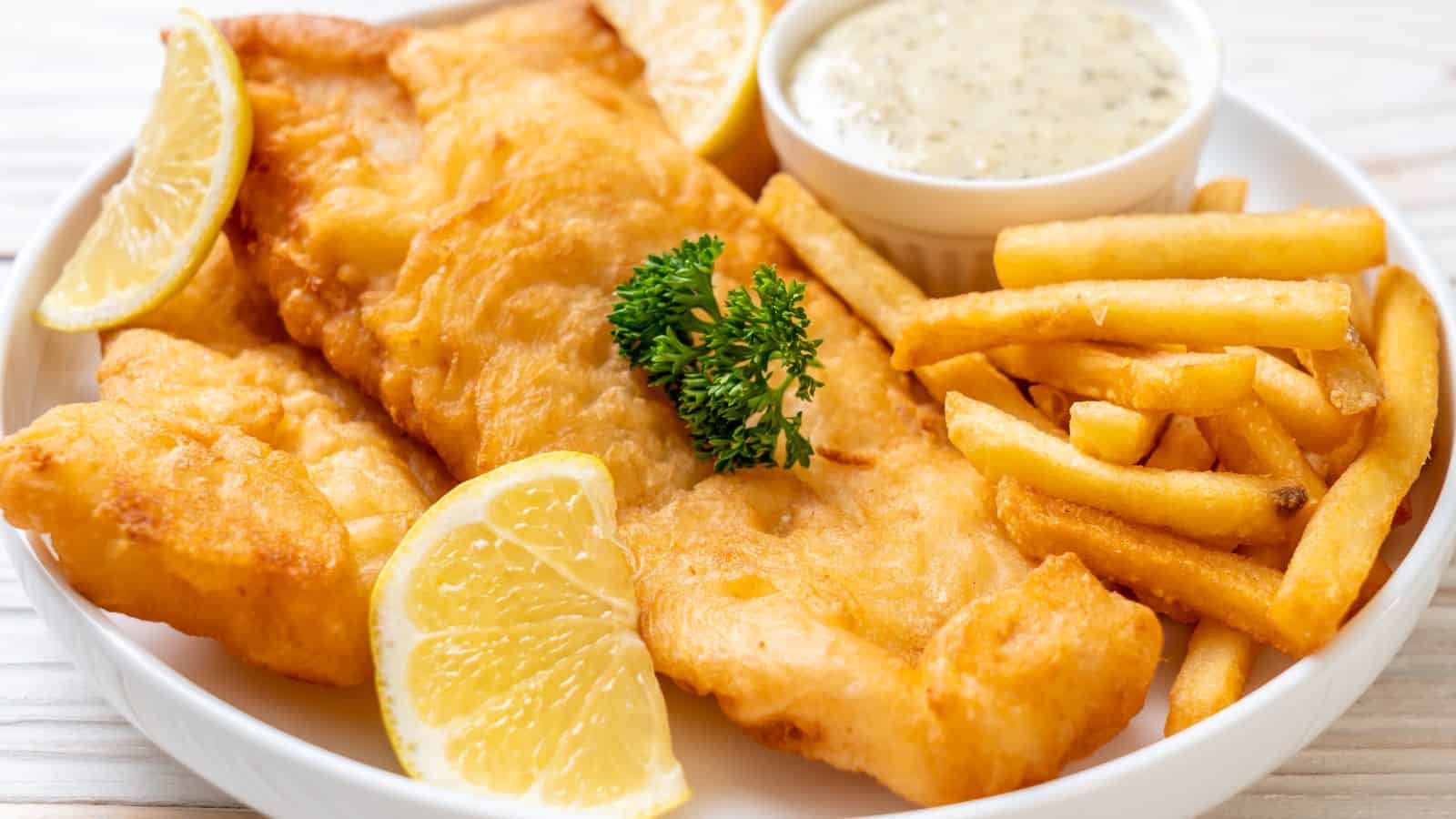
This classic dish of fish and chips, typically consisting of battered fish and chunky chips, has been a staple of UK cuisine since the 19th century. Traditionally served in newspaper, it’s best enjoyed with a sprinkle of salt and a dash of vinegar.
The Proms
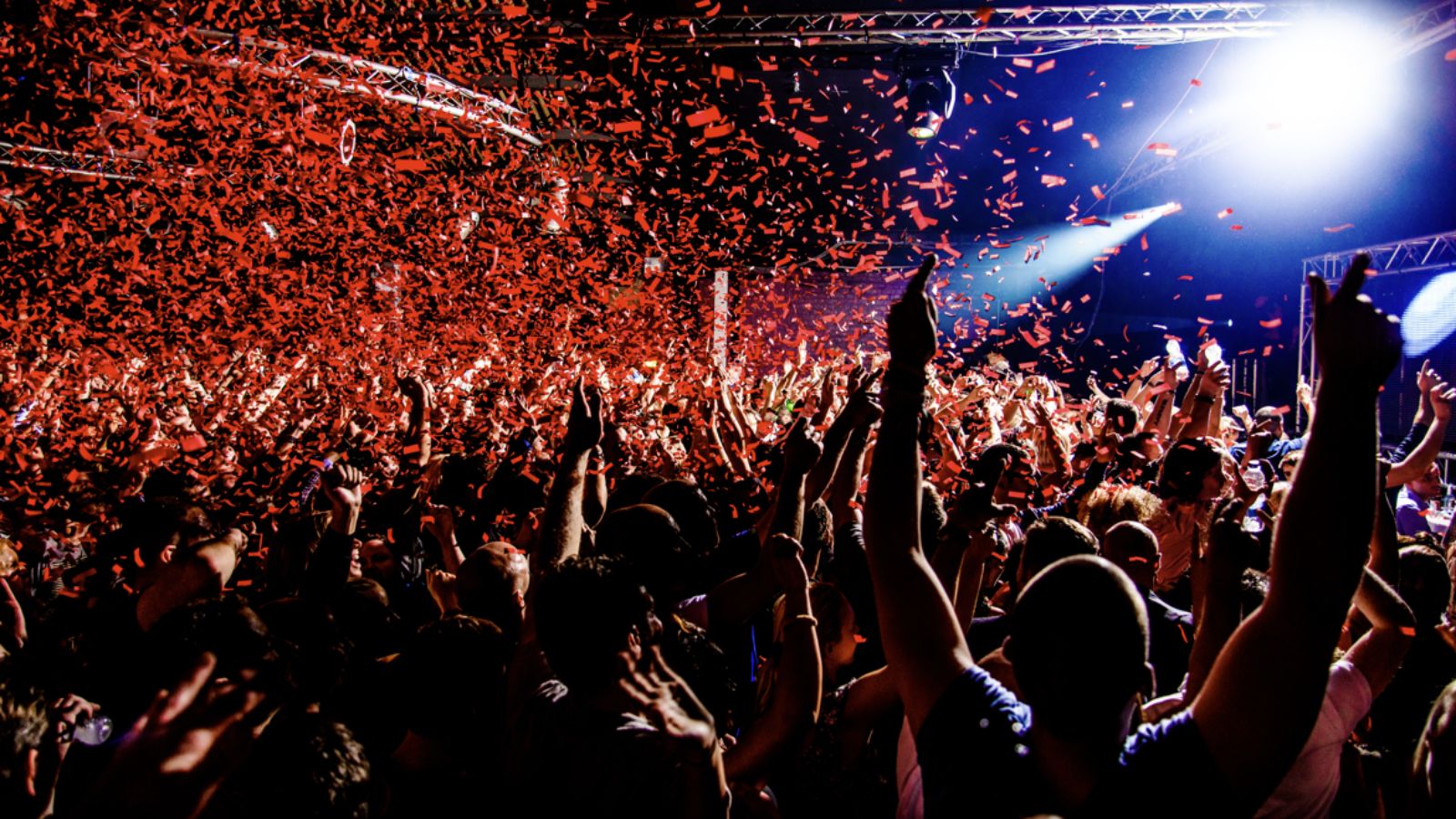
A summer highlight in Britain’s cultural calendar, the Proms—or Promenade Concerts—are held annually at the Royal Albert Hall in London. These classical music concerts celebrate the best of orchestral music, making it accessible to everyone. The Last Night of the Proms, in particular, is a festive occasion filled with patriotic songs, flag-waving, and a sense of national pride.
Bonfire Night
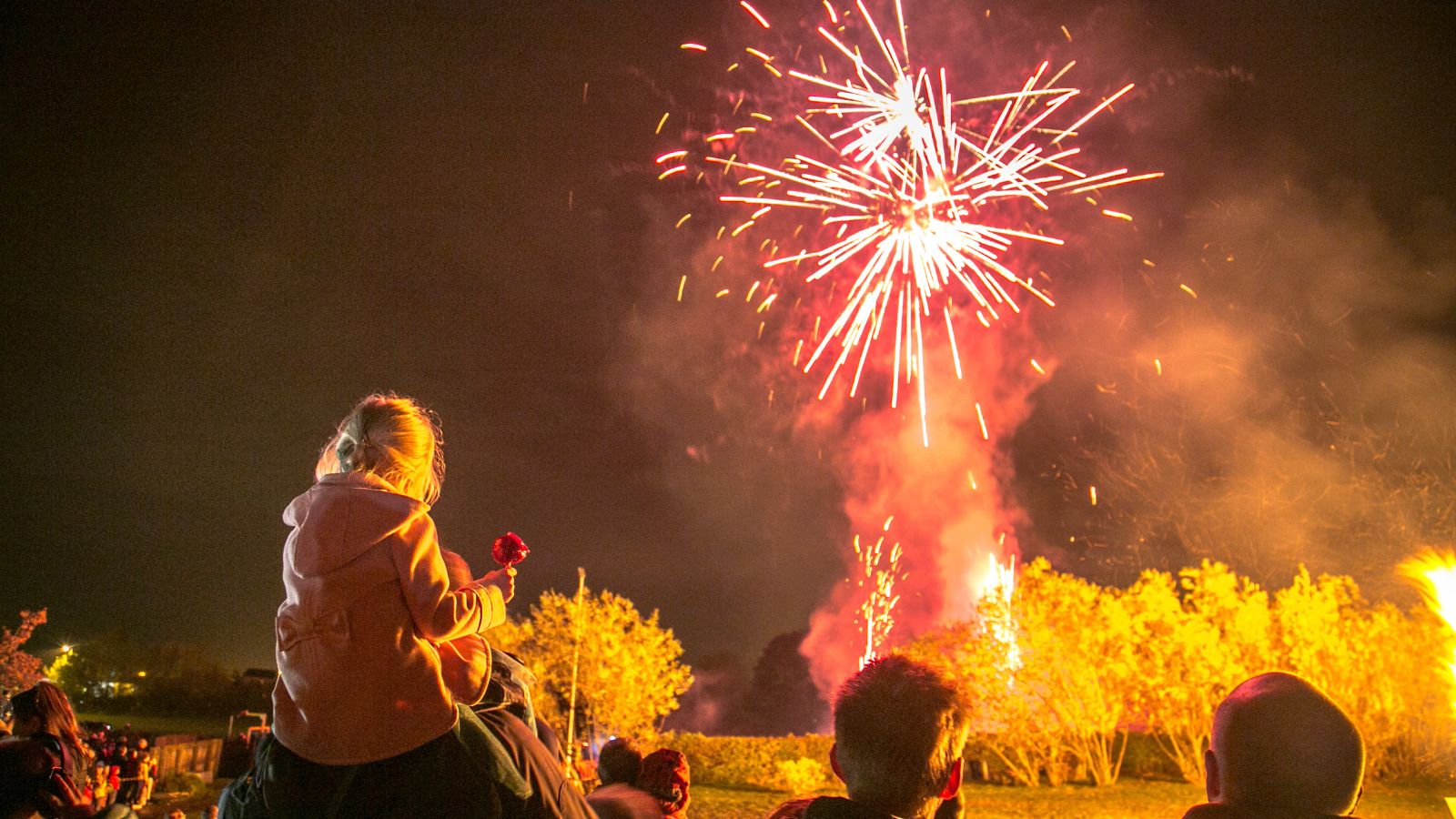
Bonfire Night, or Guy Fawkes Night, is celebrated on November 5th with fireworks, bonfires, and the burning of effigies. This tradition dates back to 1605, when Guy Fawkes and his fellow conspirators attempted to blow up the Houses of Parliament. The event is marked by spectacular fireworks displays.
Morris Dancing
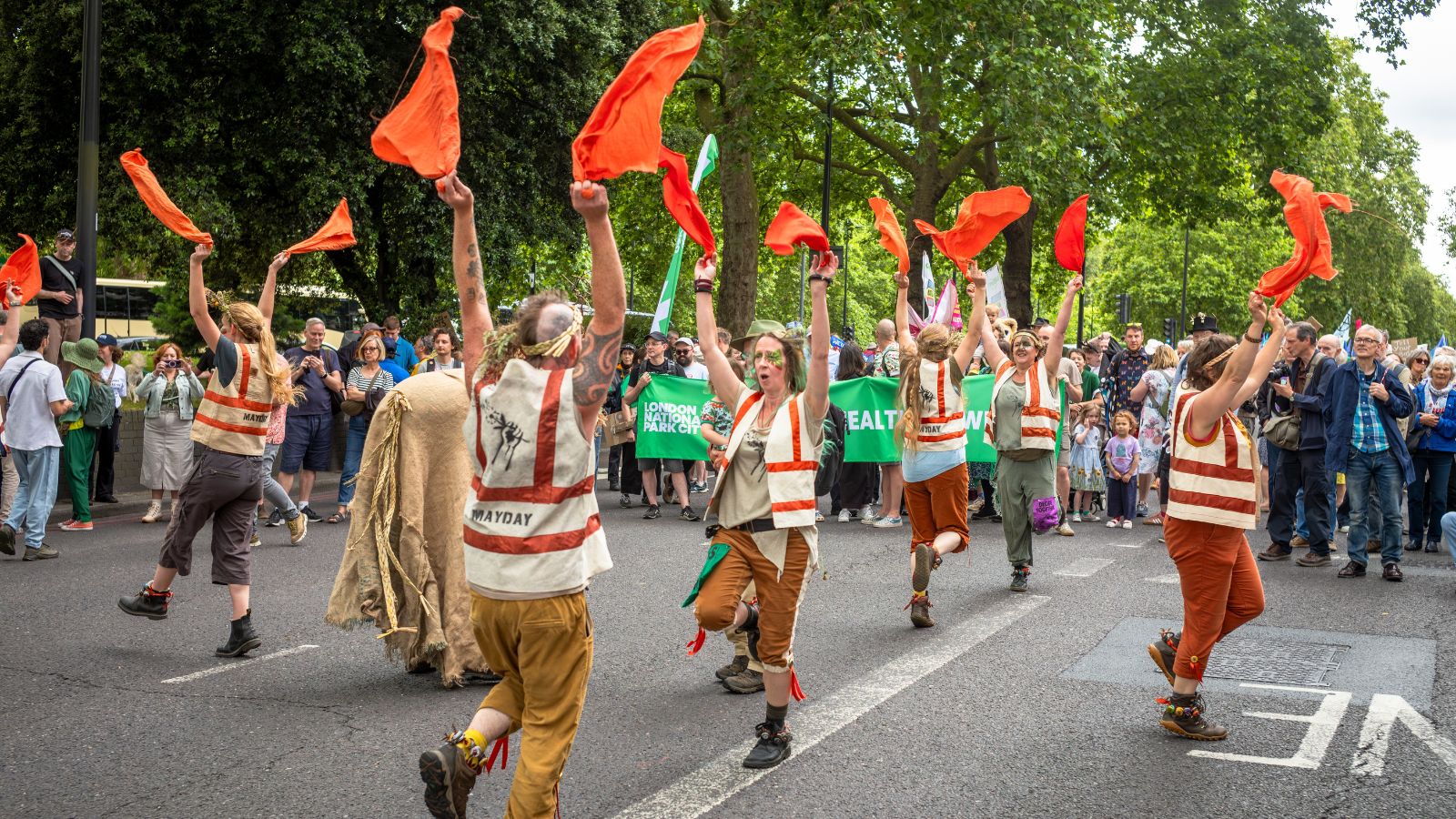
A traditional English folk dance that has been performed for centuries, Morris Dancing sees dancers dressed in colourful costumes adorned with bells, ribbons, and flowers, perform energetic routines with sticks, swords, and handkerchiefs. Accompanied by lively folk music, Morris dancing is often seen at festivals, fairs, and village celebrations.
The Boat Race
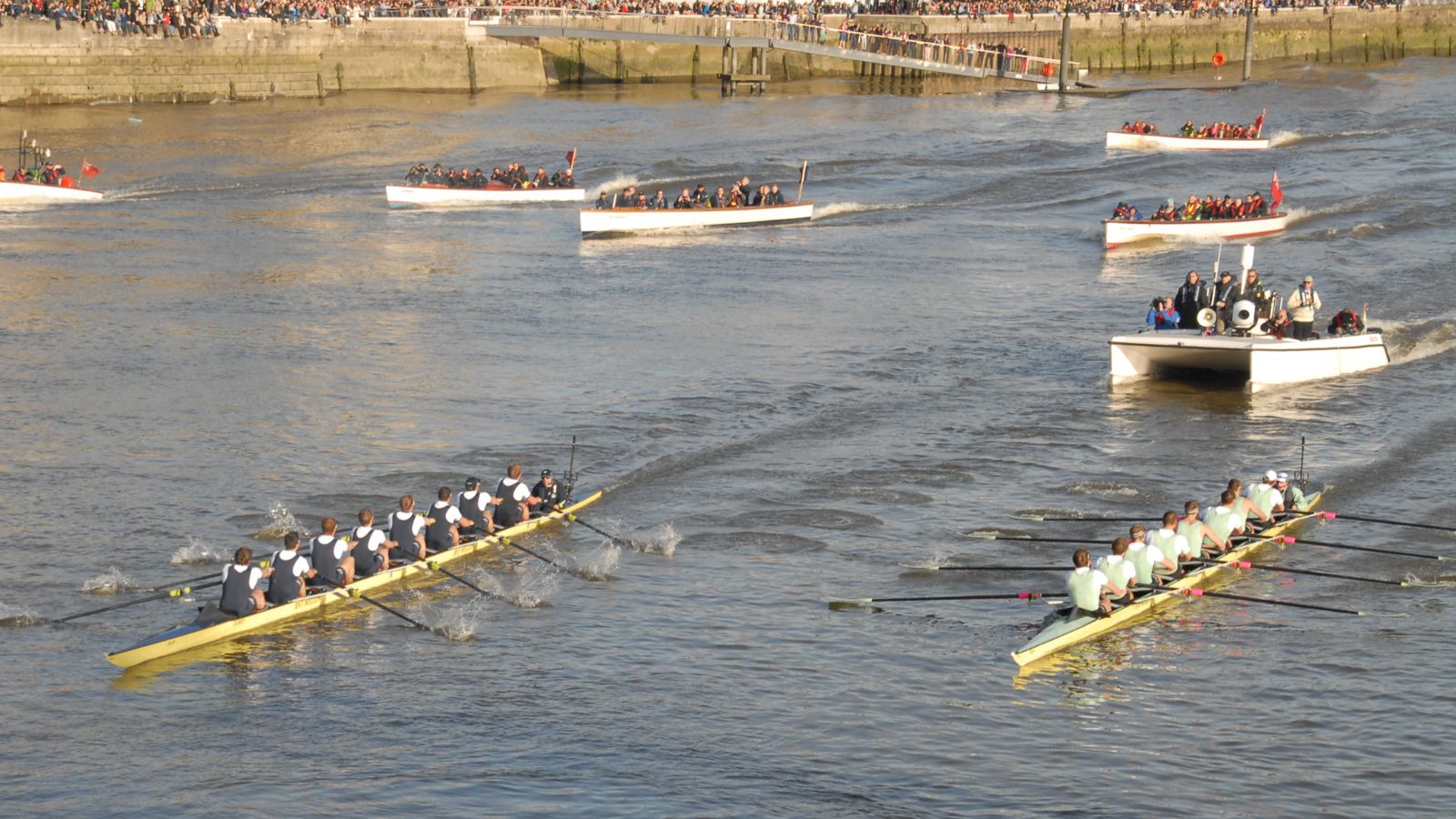
The annual Boat Race between the University of Oxford and the University of Cambridge is one of the oldest sporting events in the world. Held on the River Thames, this rowing race is a thrilling competition that captures the nation’s attention. Since 1829, the two universities have battled it out on the water.
The Monarch’s Speech
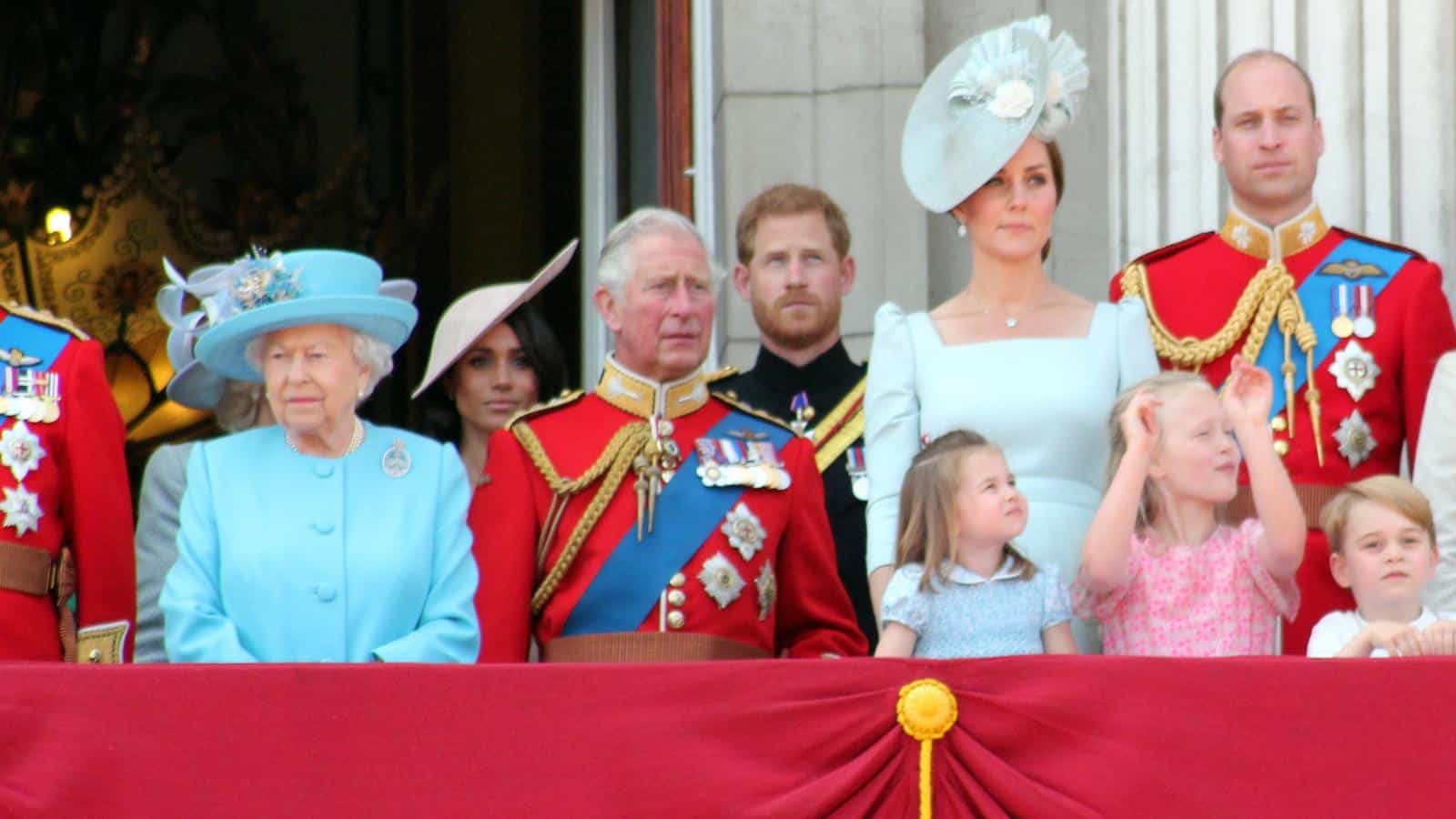
Up until recently, the Queen’s Speech, delivered on Christmas Day, was a cherished tradition for many British families, but of course, now it’s the King’s Speech. Since 1952, the monarch has addressed the nation, reflecting on the past year and sharing messages of hope and goodwill.
Remembrance Sunday
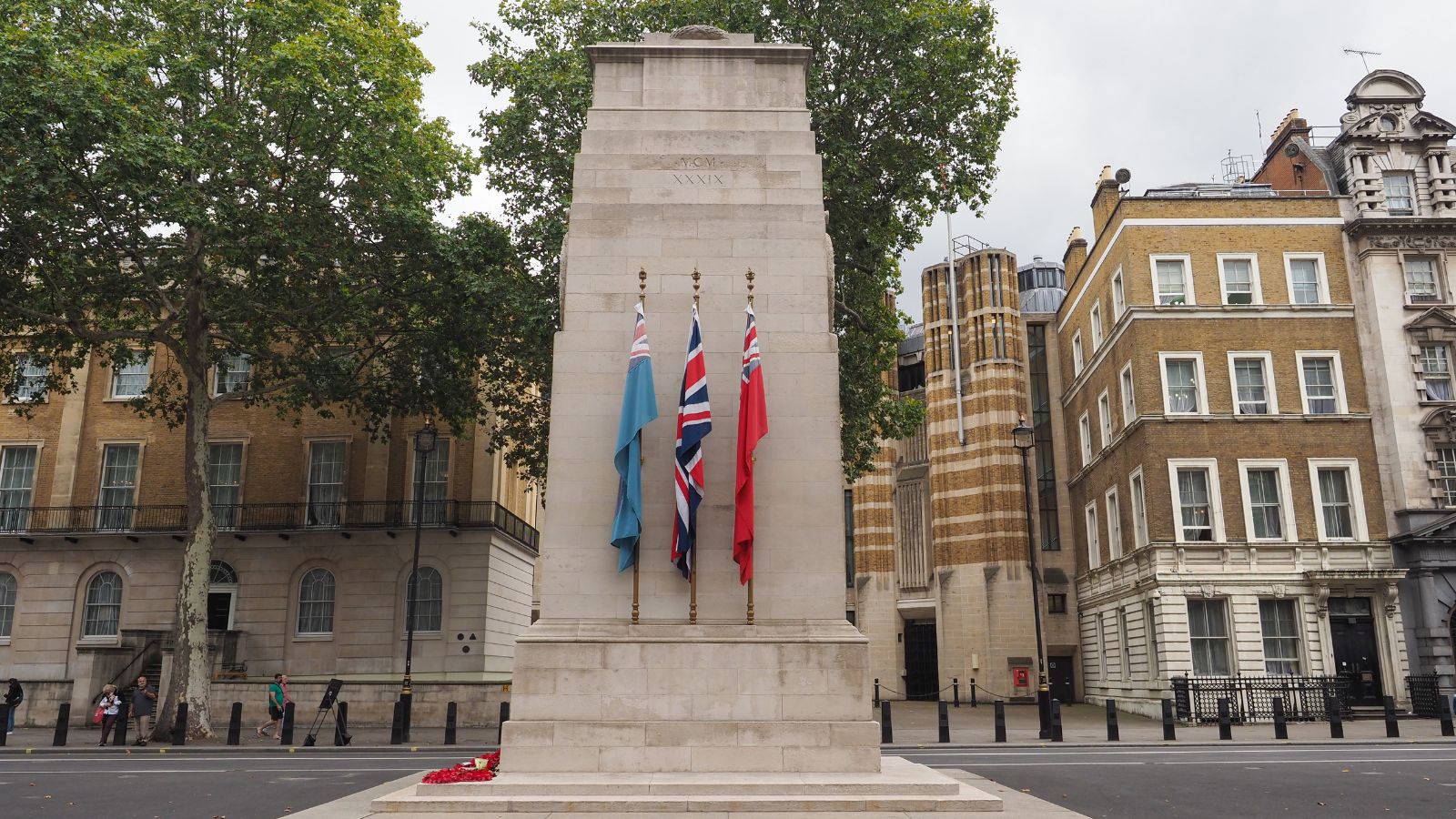
Remembrance Sunday is a solemn occasion dedicated to honouring the men and women who have served and sacrificed in the armed forces. Held on the second Sunday in November, it includes laying wreaths at war memorials, a national service at the Cenotaph in London, and a two-minute silence at 11 am.
Wimbledon
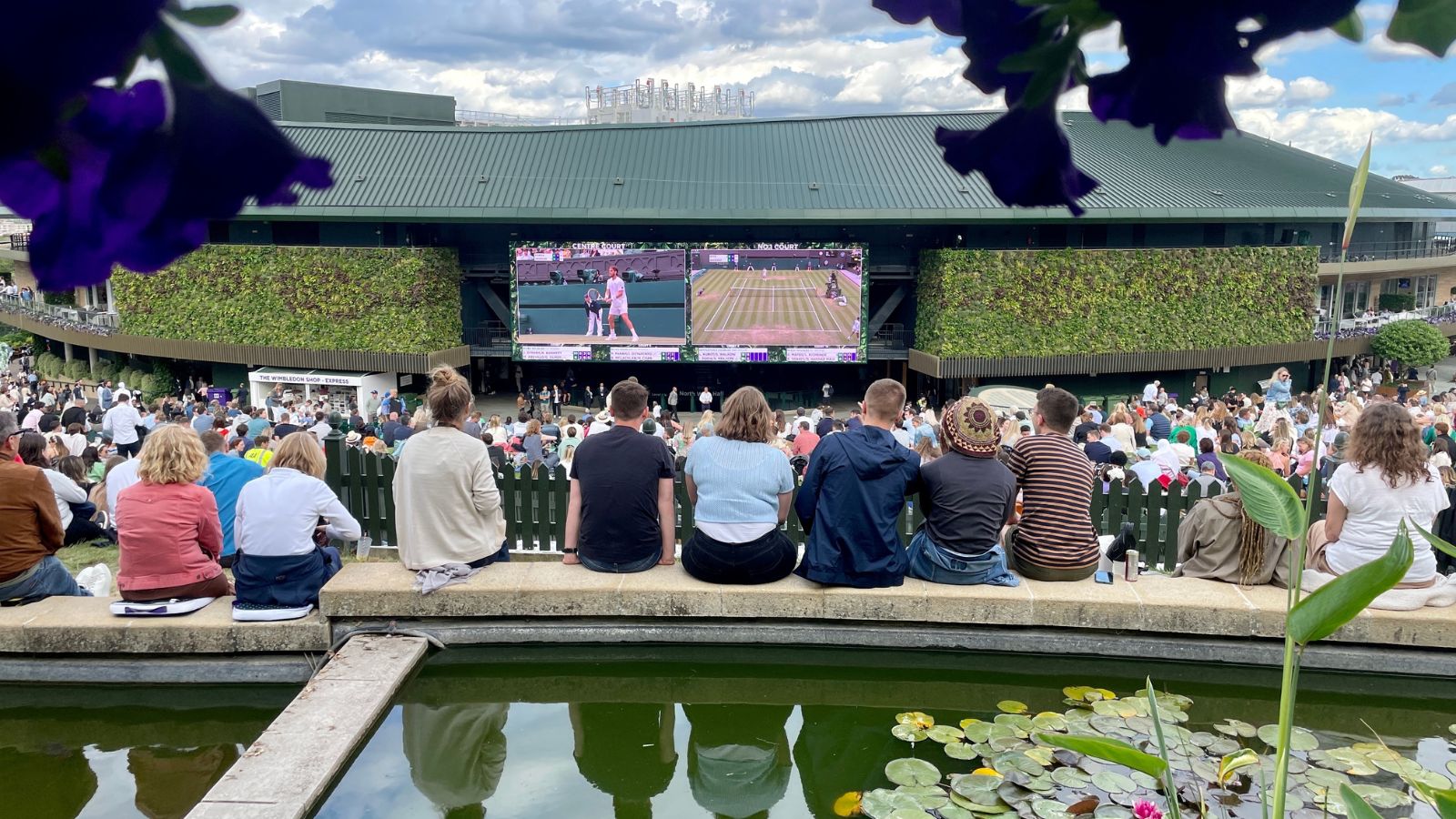
As the oldest tennis tournament in the world, Wimbledon is a symbol of British sporting excellence. Held at the All England Club in London, this prestigious event attracts the best tennis players from around the globe. The traditions associated with Wimbledon, such as strawberries and cream, white attire, and the royal box, add to its charm.
Trooping the Colour
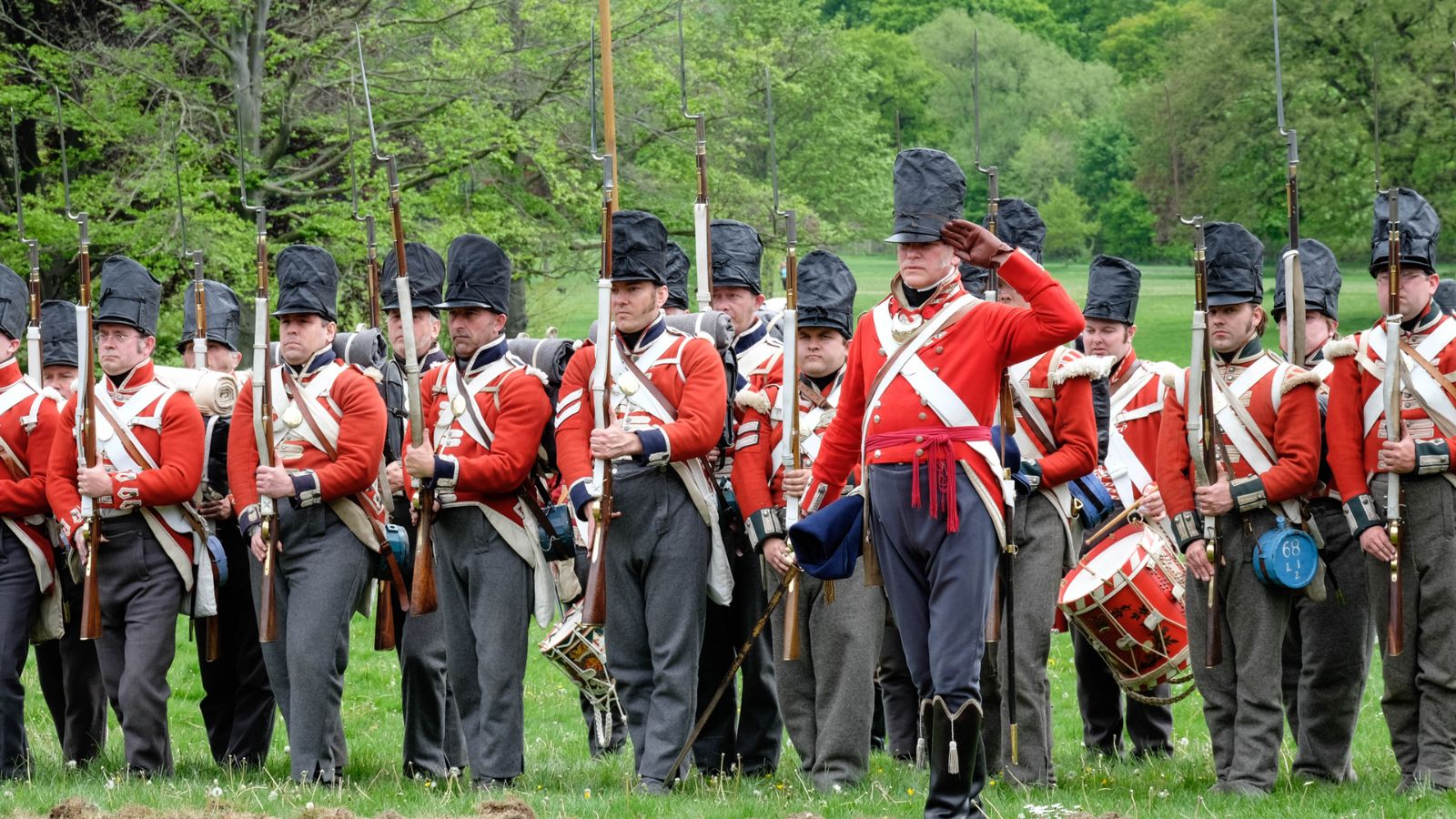
Trooping the Colour is an annual military parade marking the official birthday of the British monarch. This grand spectacle, featuring regiments of the British Army, the Household Division, and the King’s Troop Royal Horse Artillery, is held on Horse Guards Parade in London. The event is complete with marching bands, precision drills, and a flypast by the Royal Air Force.
Pancake Day
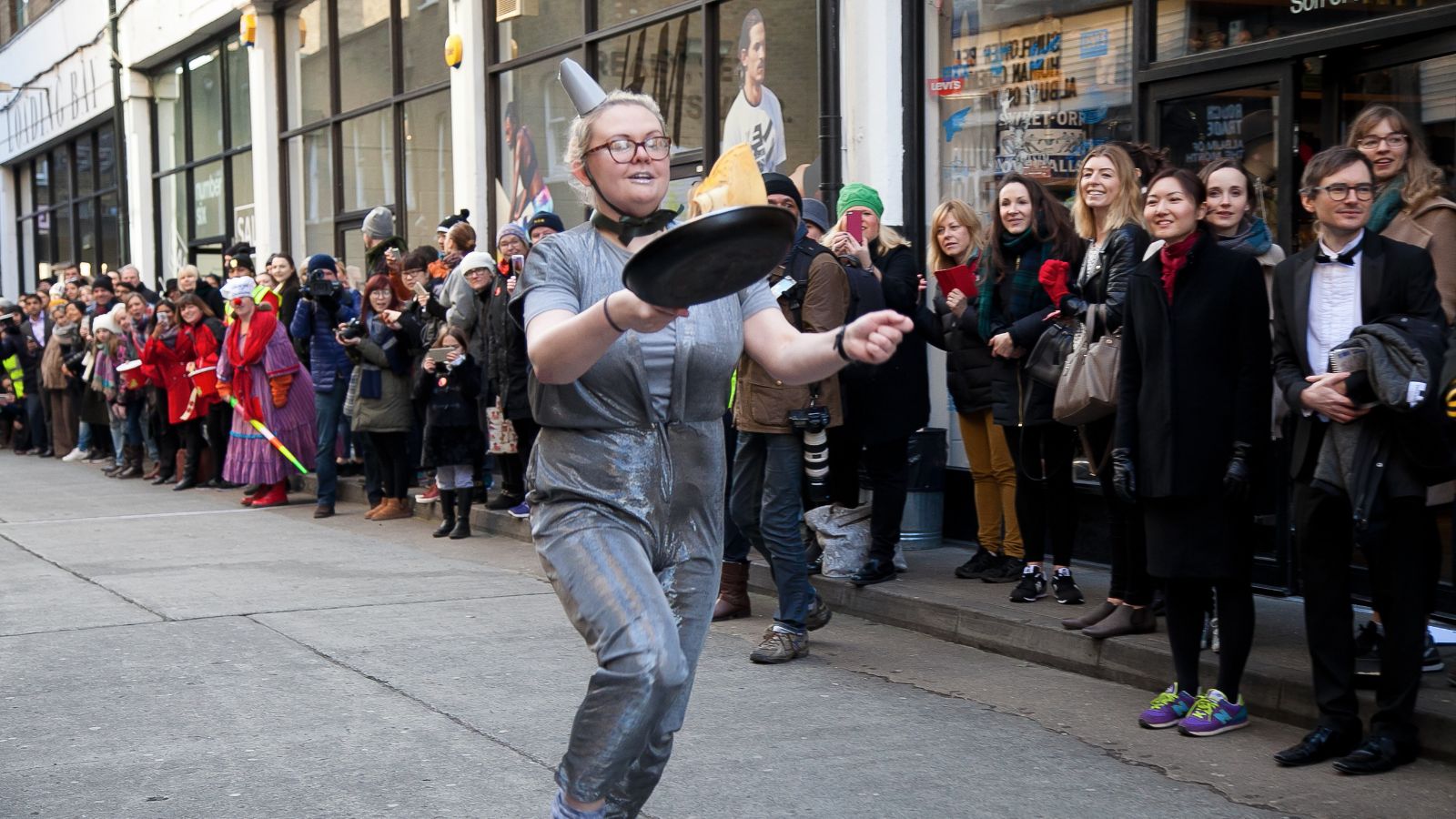
A fun and tasty tradition celebrated the day before Lent begins, Pancake Day, or Shrove Tuesday, is a day when people across Britain whip up batches of pancakes, often competing in pancake races where participants flip pancakes while running. The tradition dates back to medieval times when households used up rich ingredients before the fasting period of Lent.
Highland Games
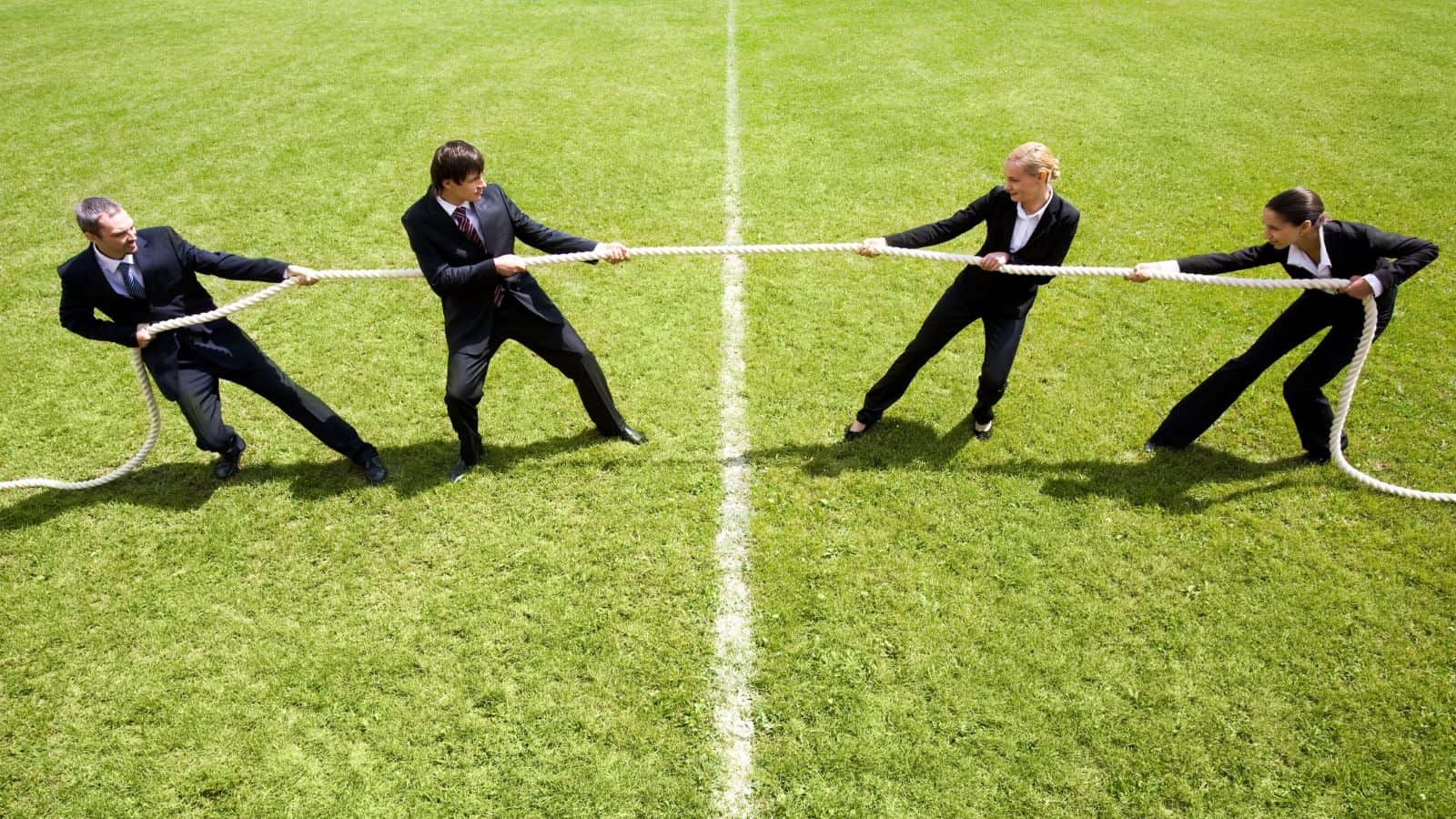
The Highland Games are a vibrant celebration of Scottish culture, held annually in various locations across Scotland. These events feature traditional Scottish sports like caber tossing, hammer throwing, and tug-of-war, alongside Highland dancing and bagpipe competitions. The games are a proud showcase of strength, skill, and heritage.
St. George’s Day
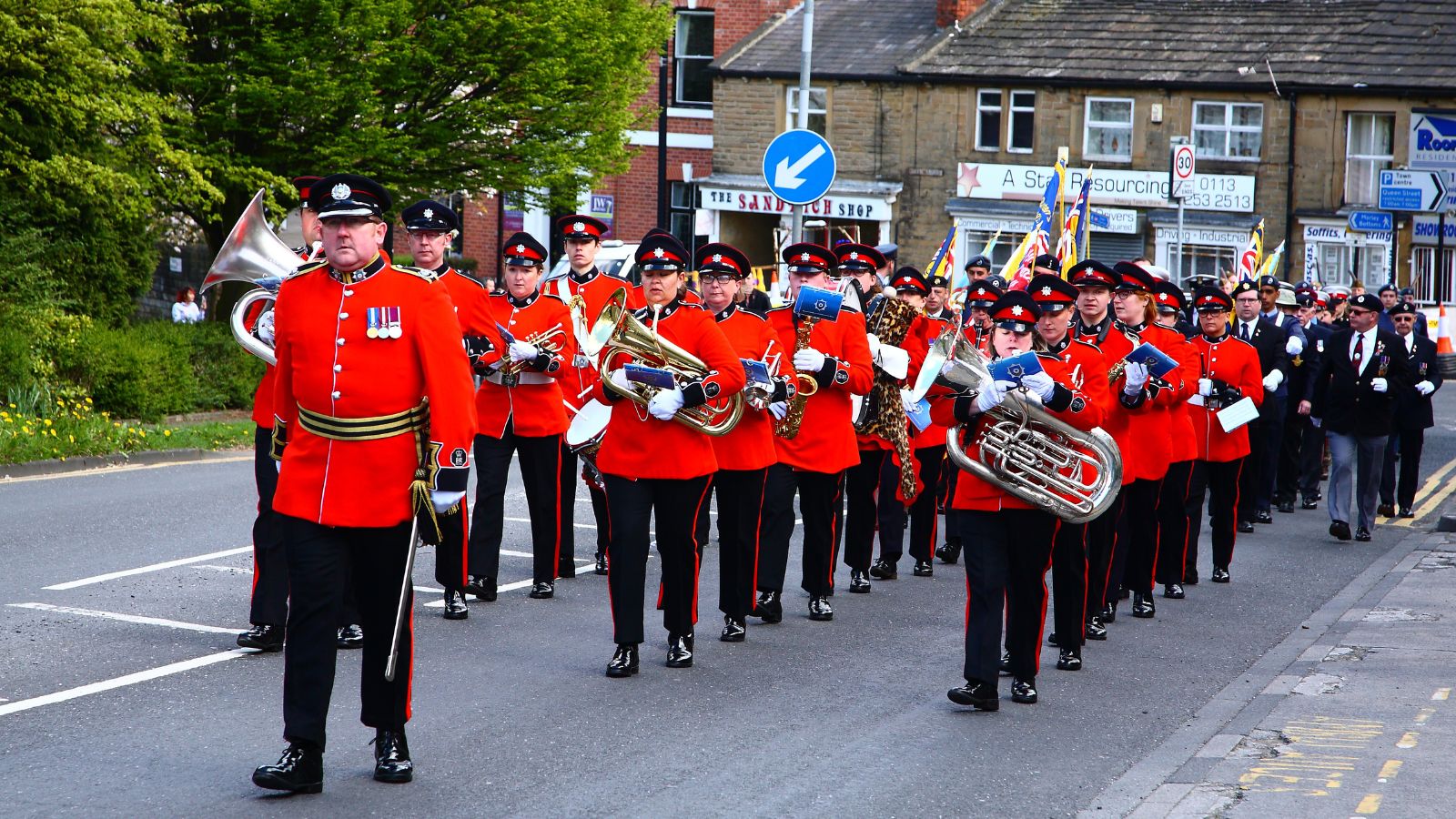
Celebrated on April 23rd, St. George’s Day honours England’s patron saint, St. George, and is marked by parades, festivals, and events celebrating English culture and heritage. The legend of St. George slaying the dragon is a symbol of bravery and chivalry, inspiring pride and patriotism.
Christmas Crackers
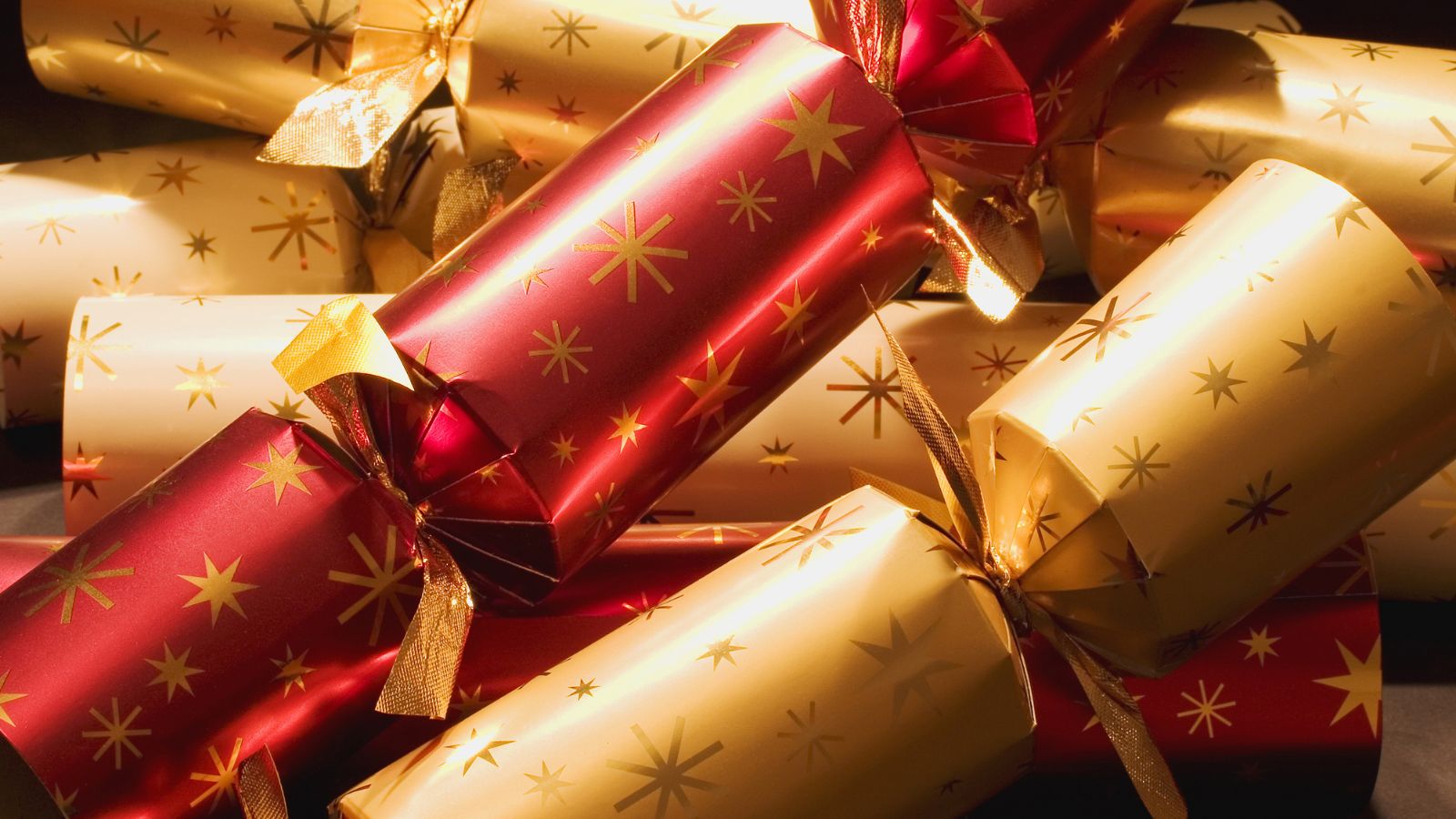
Invented by Tom Smith in the 19th century, Christmas crackers have become a staple of British holiday celebrations. They’re a delightful tradition that adds a pop of fun to the festive season. These brightly coloured paper tubes, pulled apart at the Christmas dinner table, contain small toys, paper hats, and jokes.
Maypole Dancing
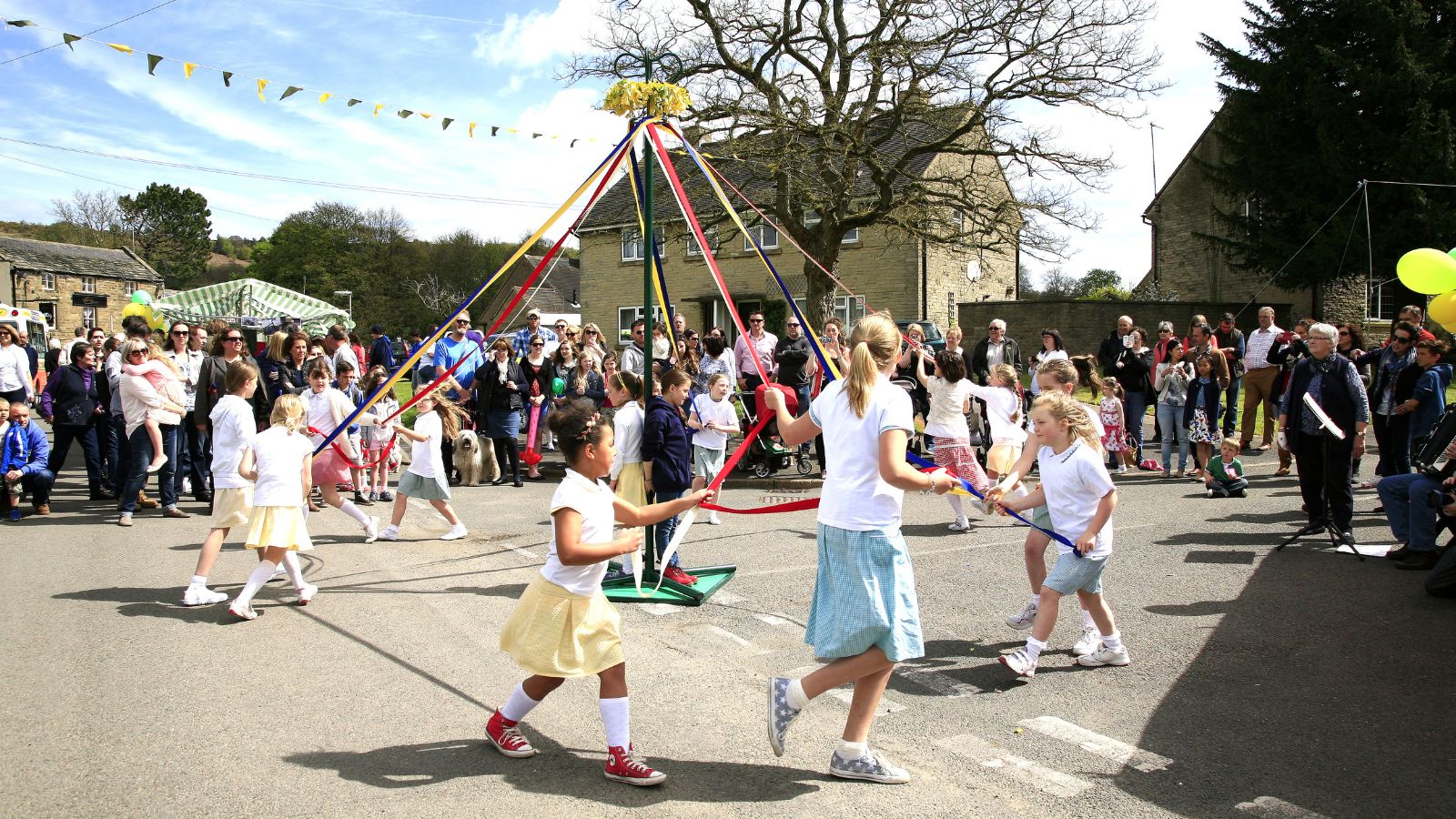
Maypole dancing is a traditional folk dance performed on May Day, celebrating the arrival of spring. Dancers weave ribbons around a tall pole, creating intricate patterns while moving to lively music. This ancient tradition, rooted in pagan rituals, symbolises fertility and renewal.

